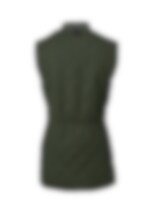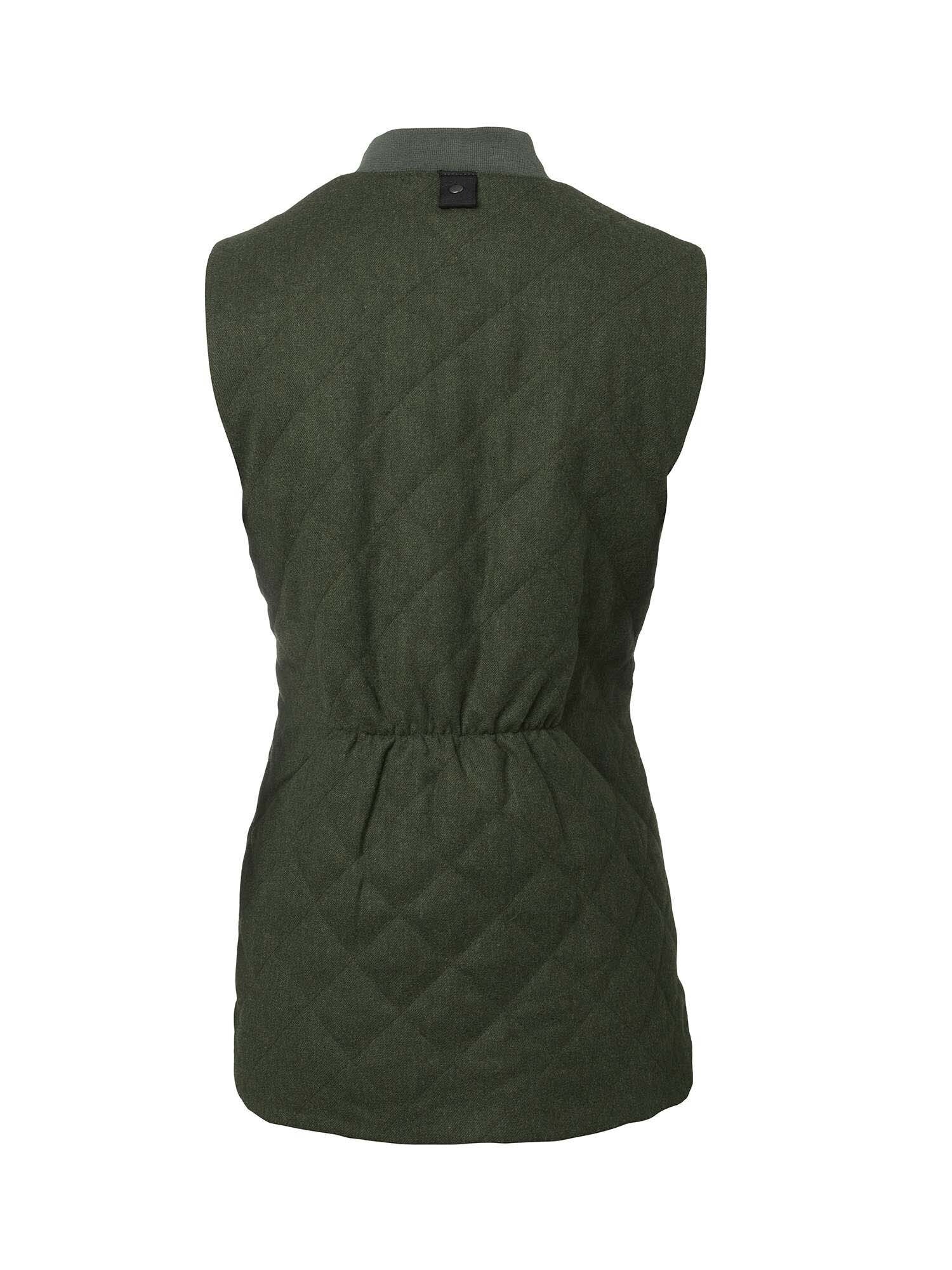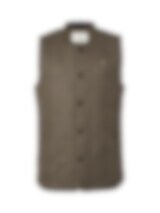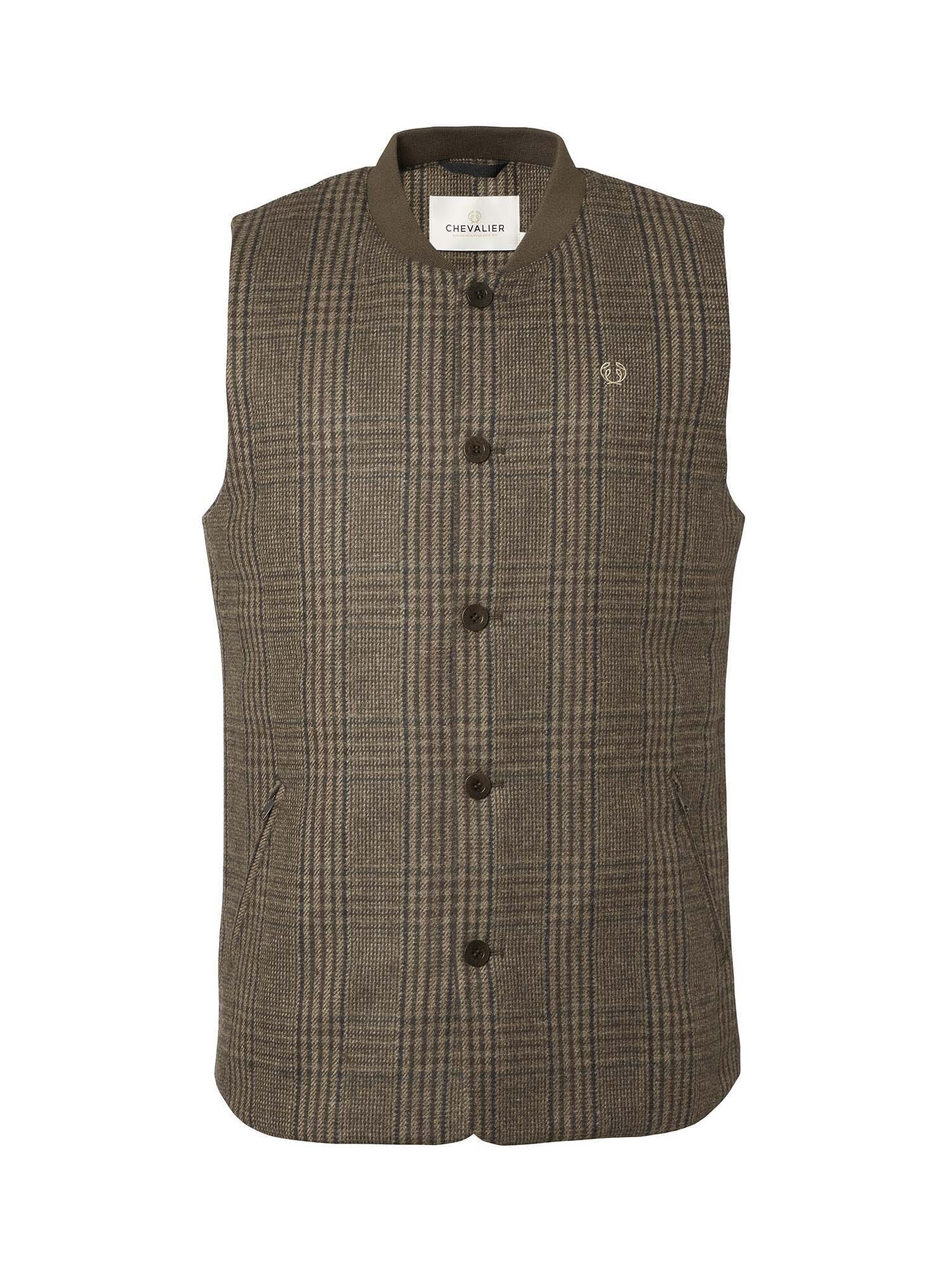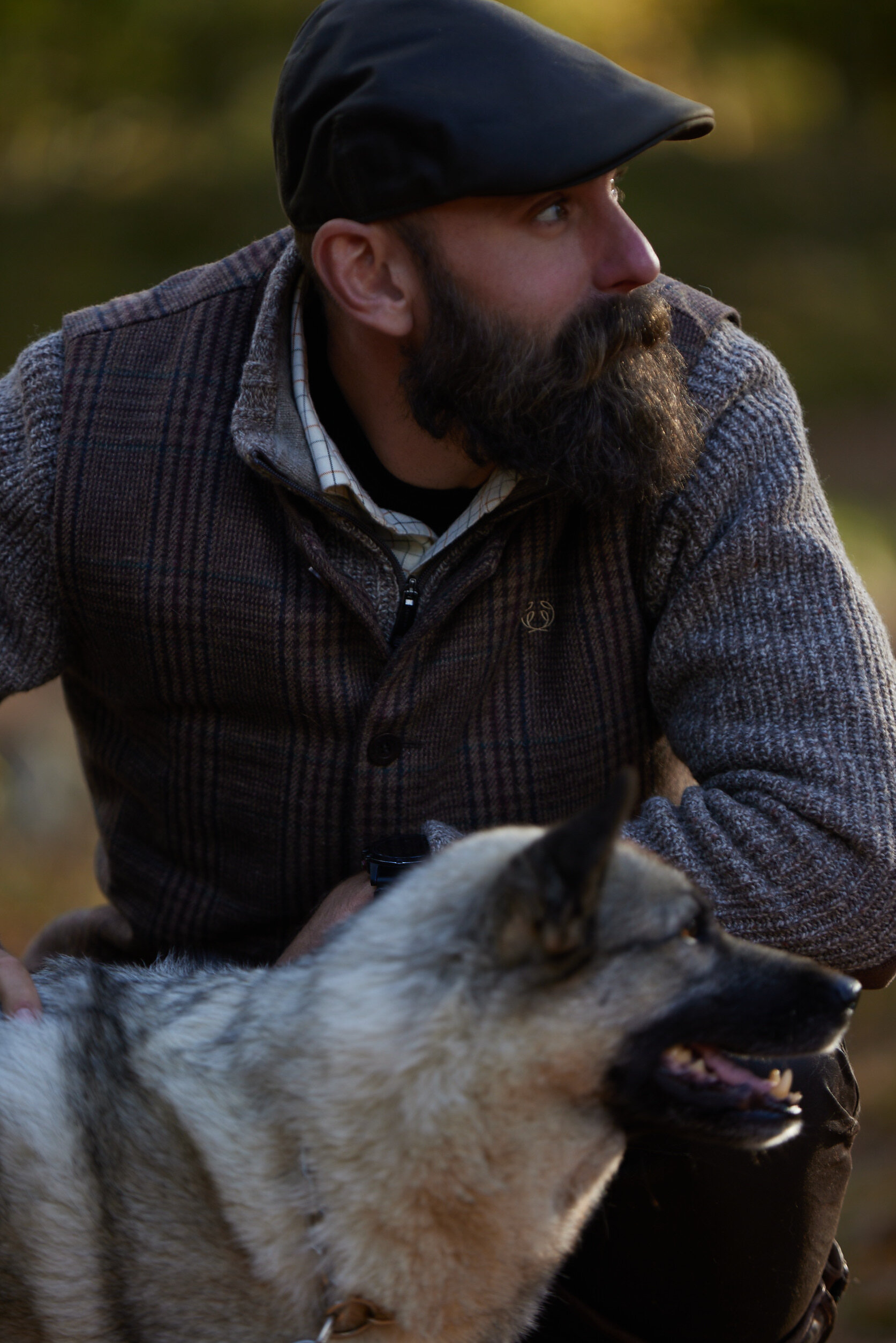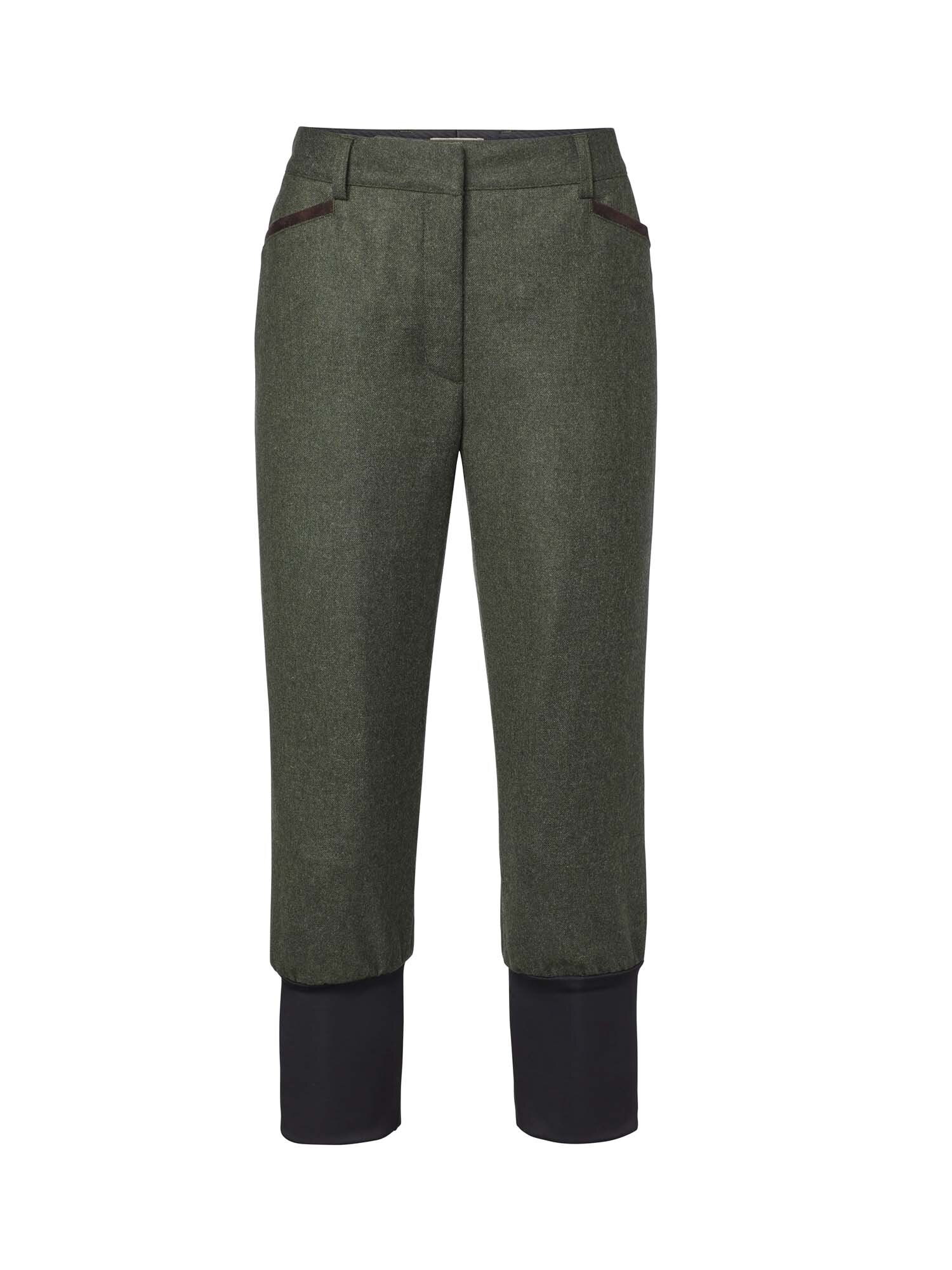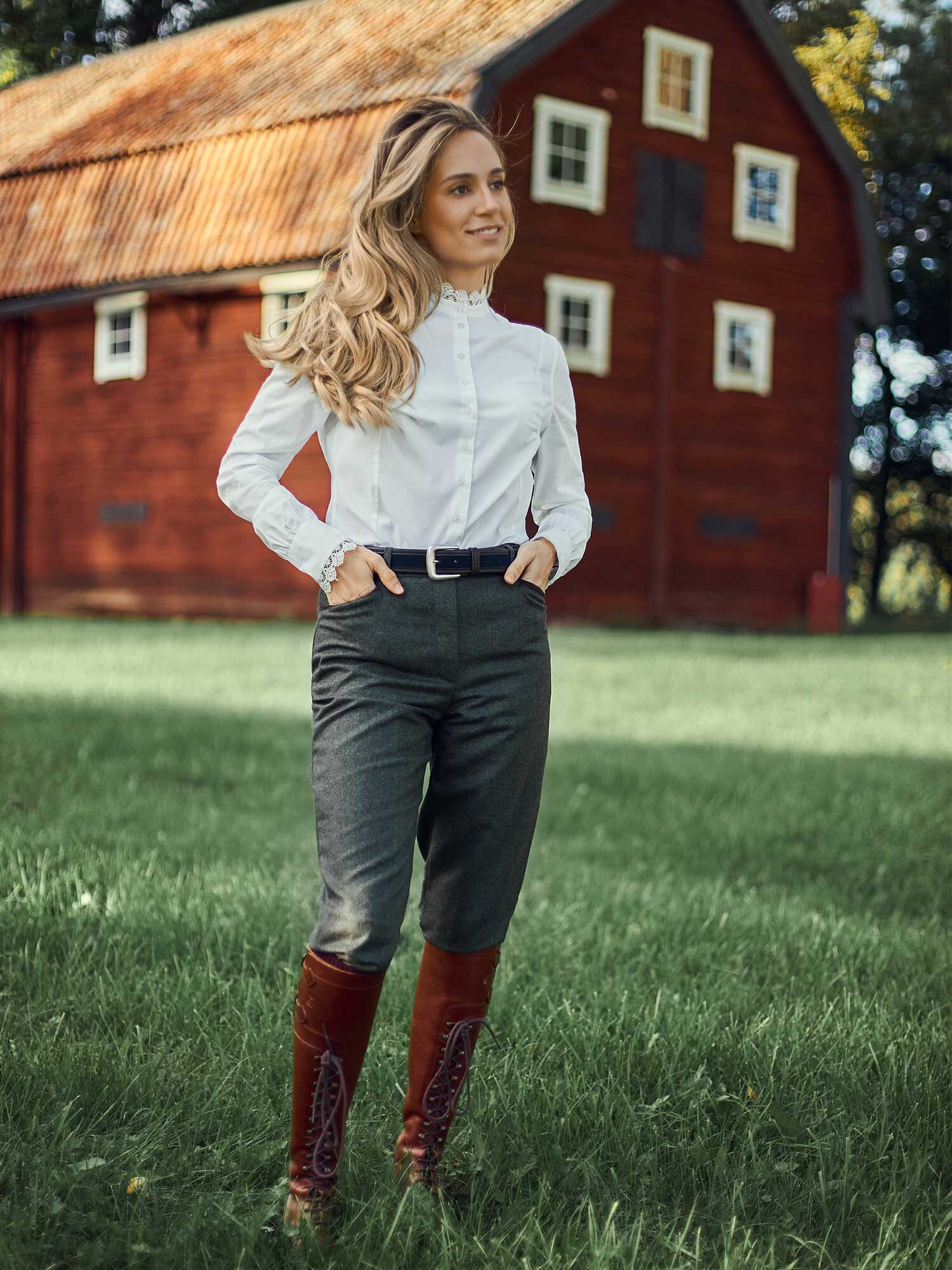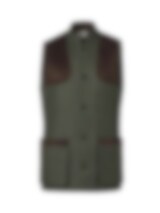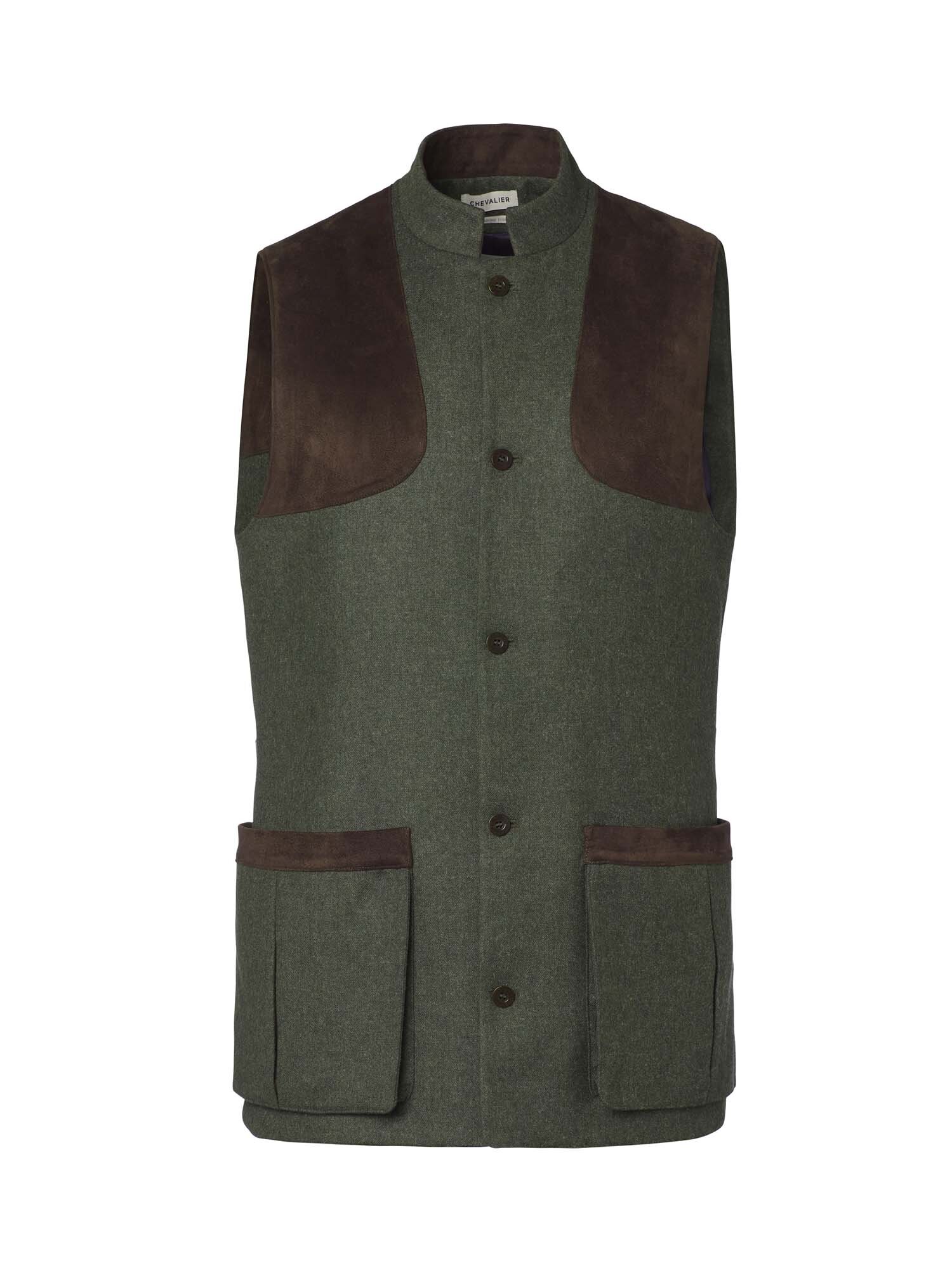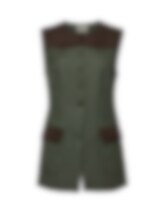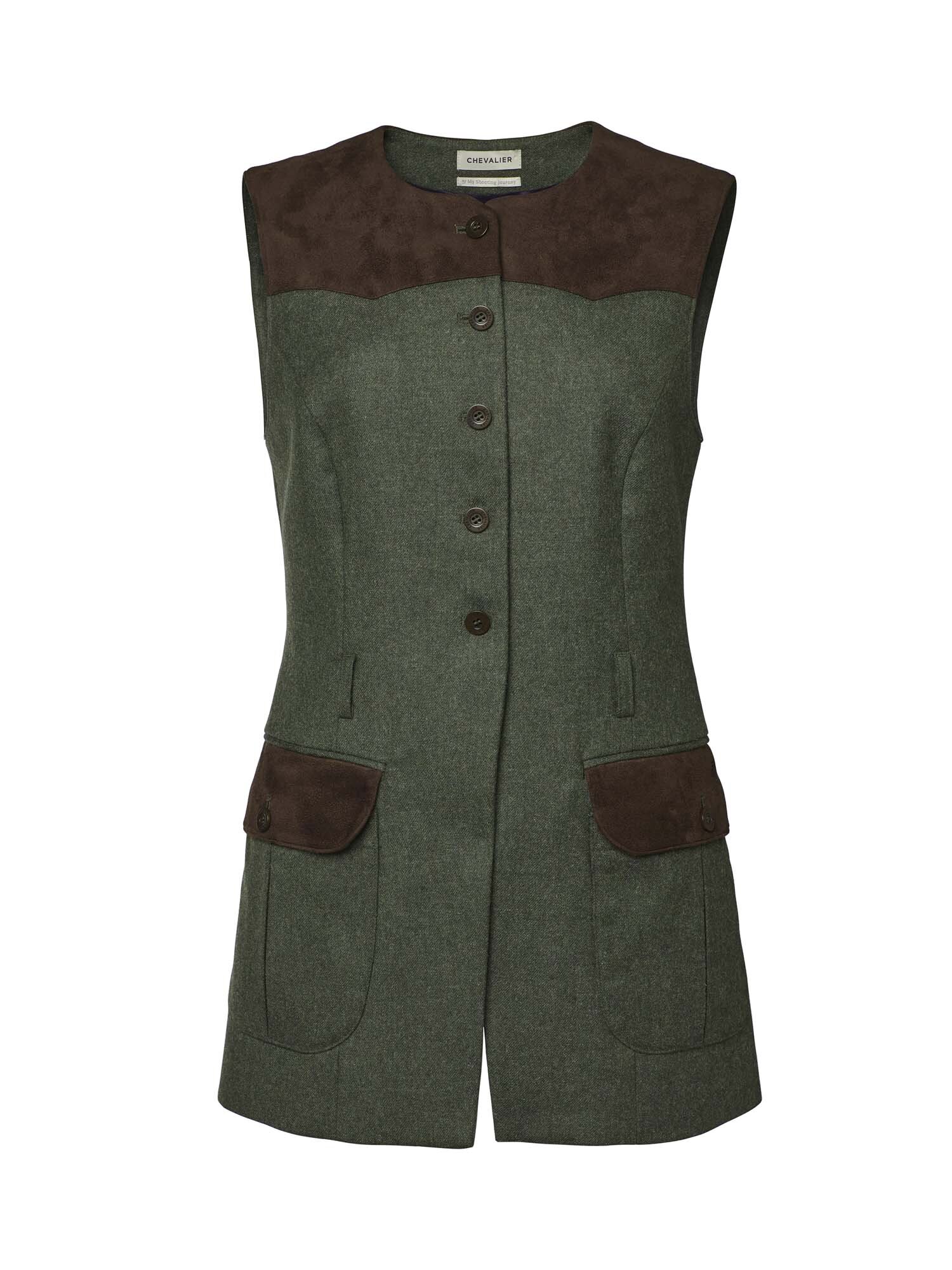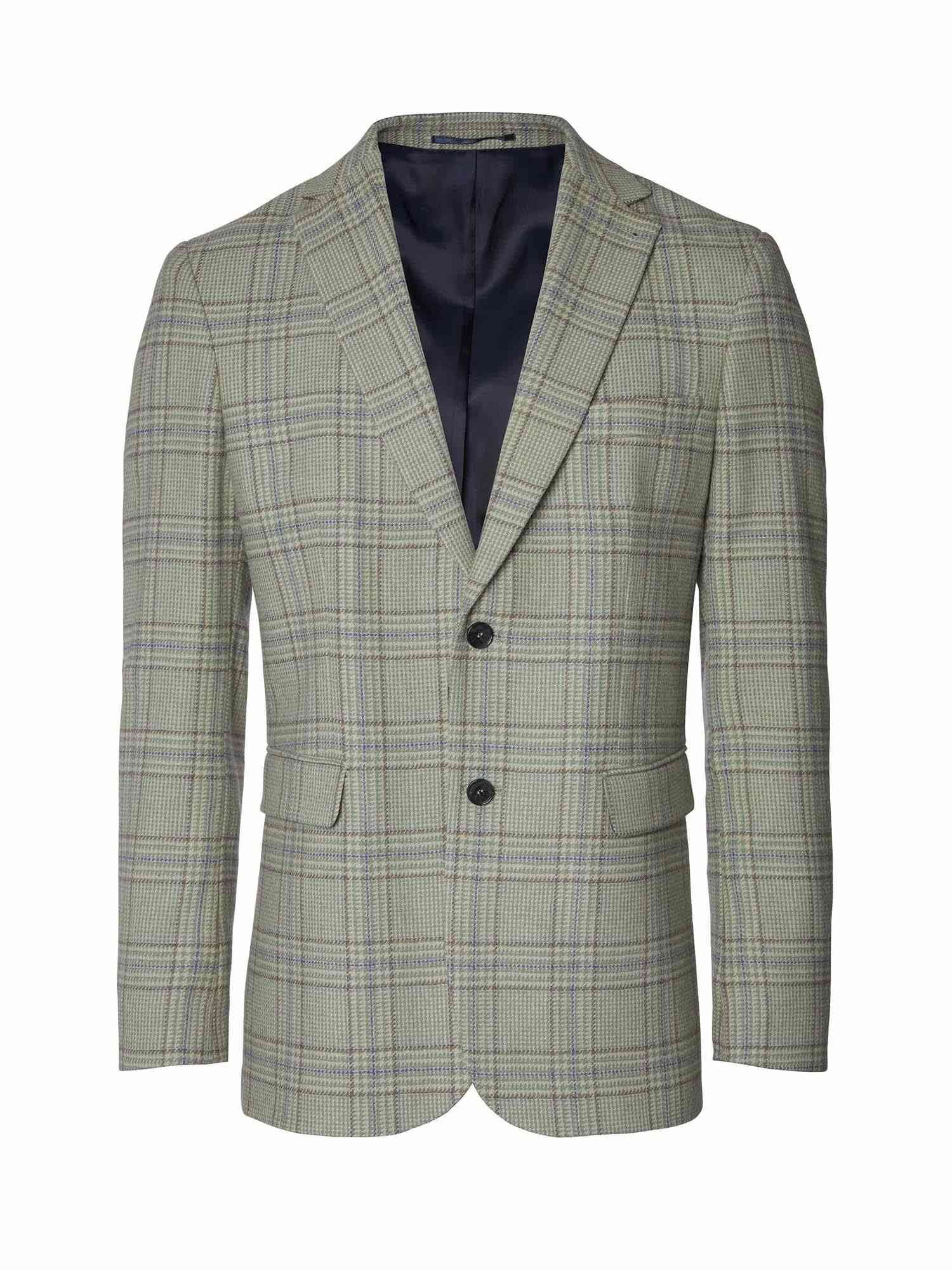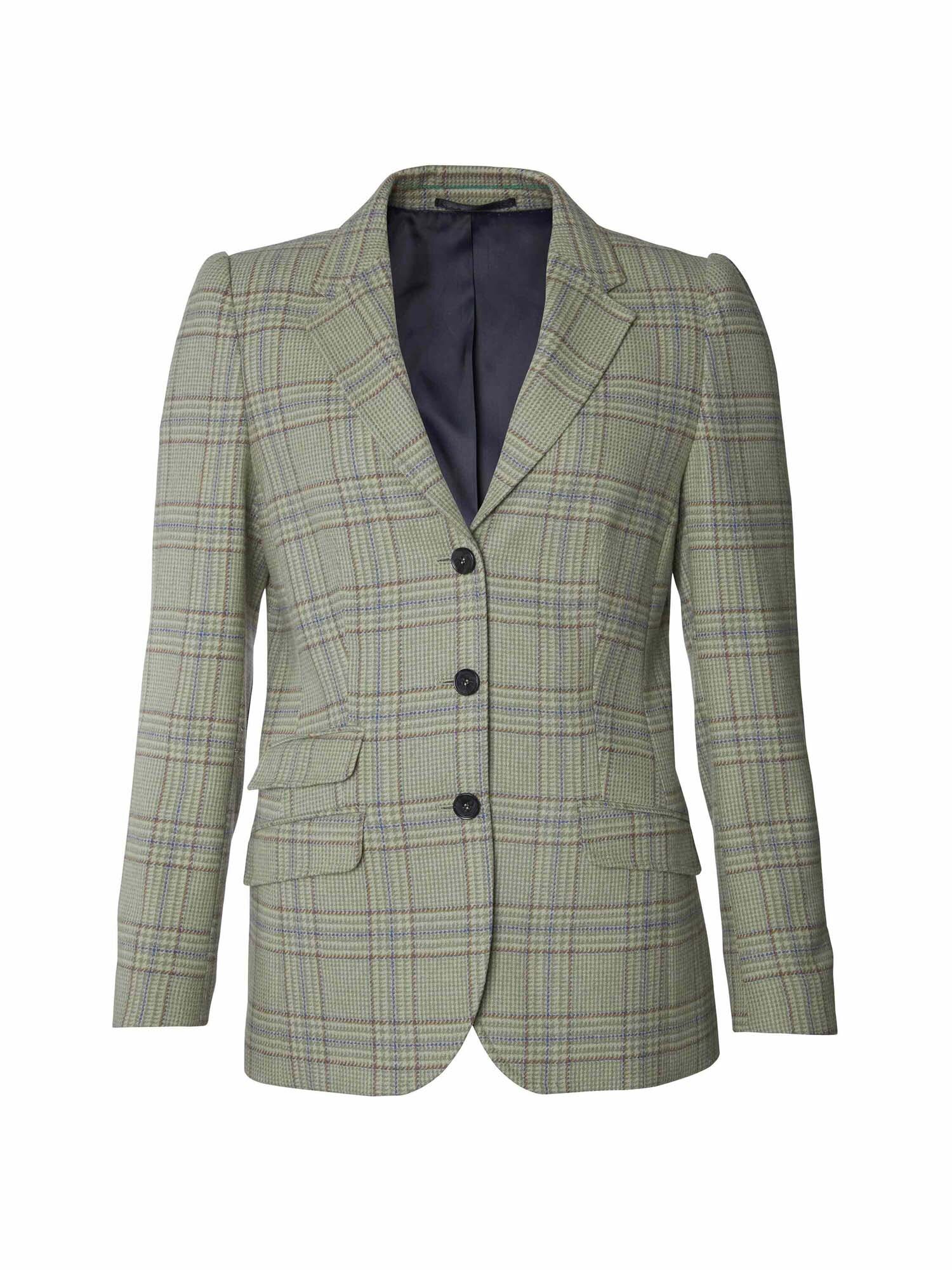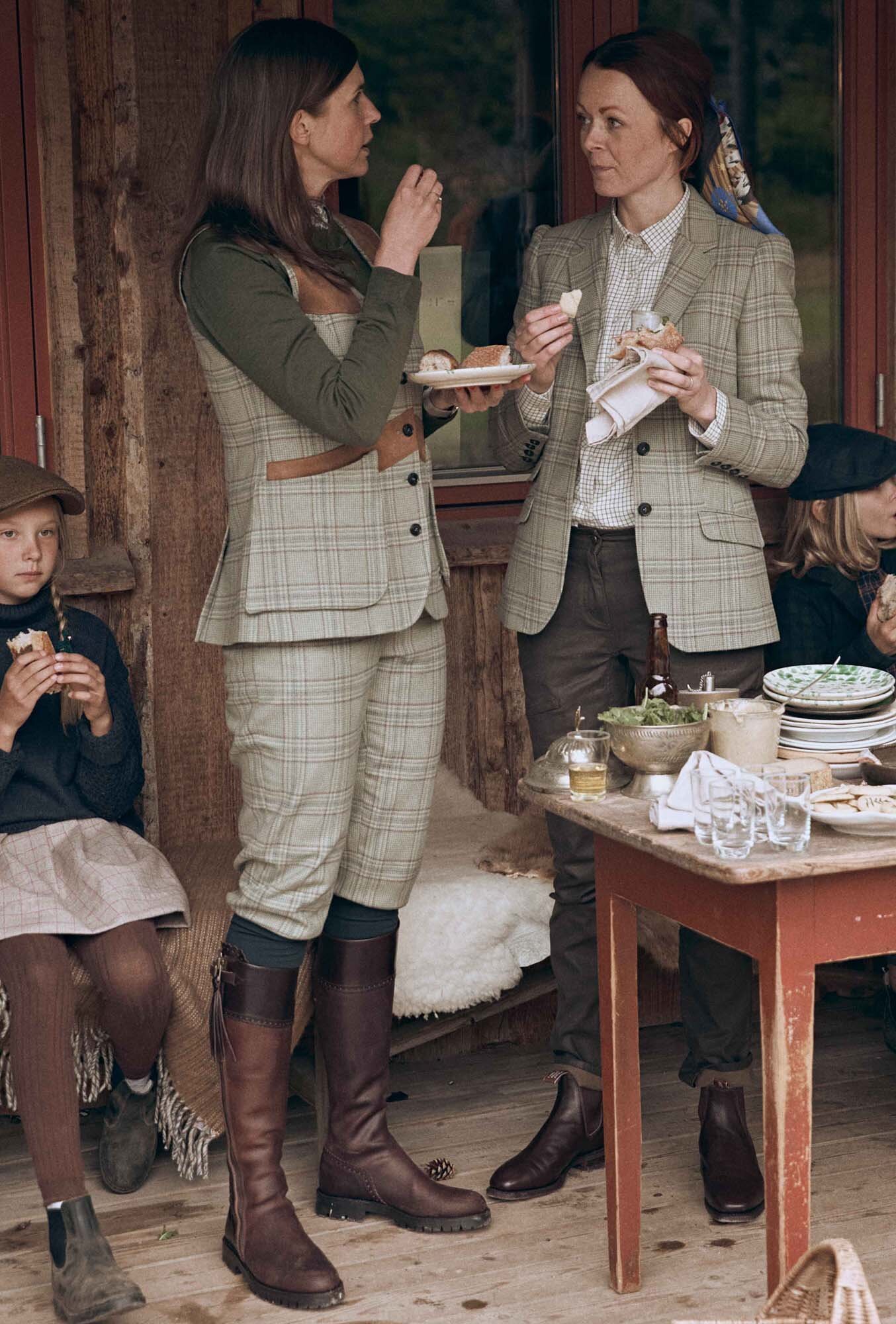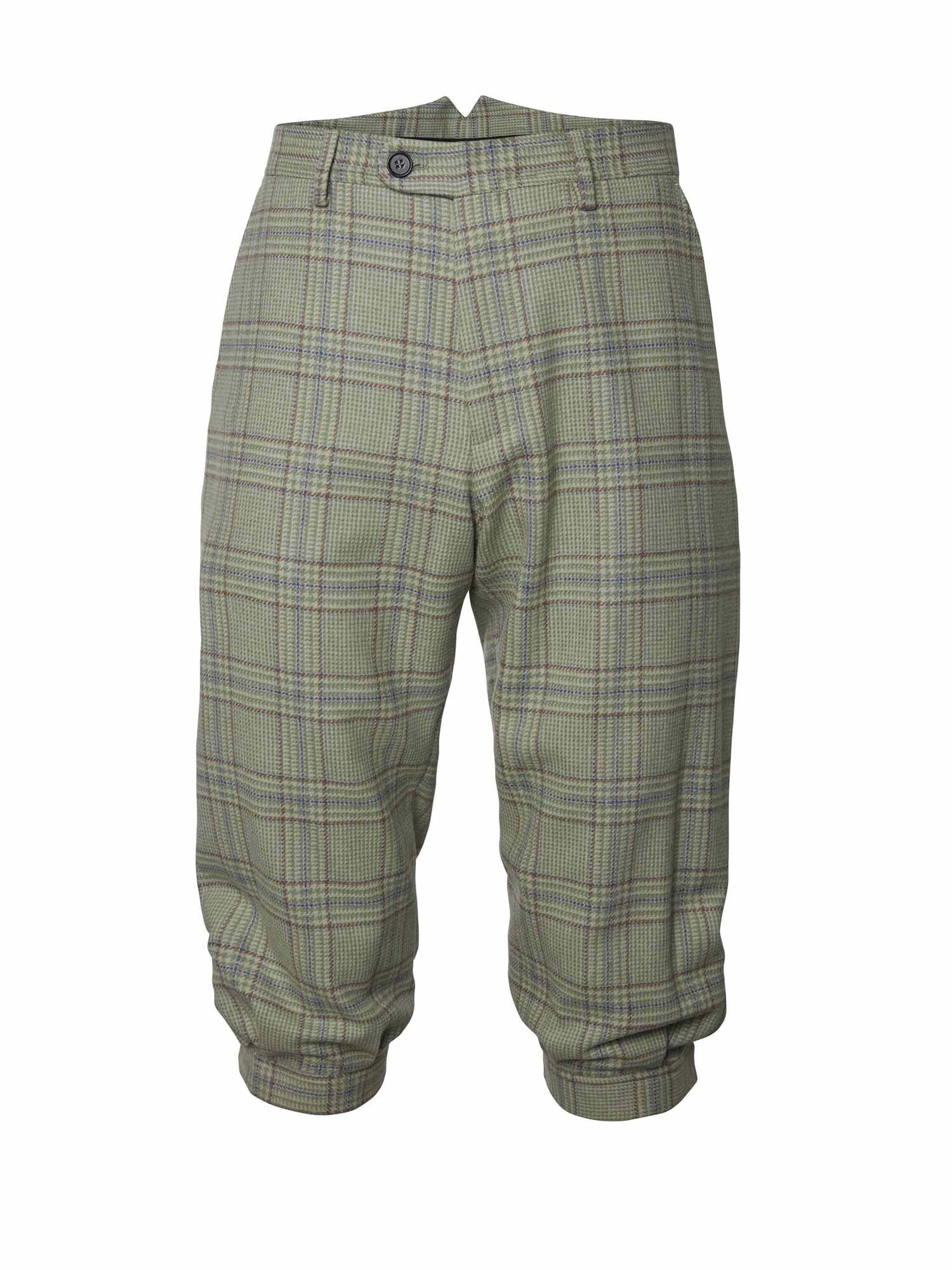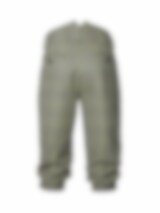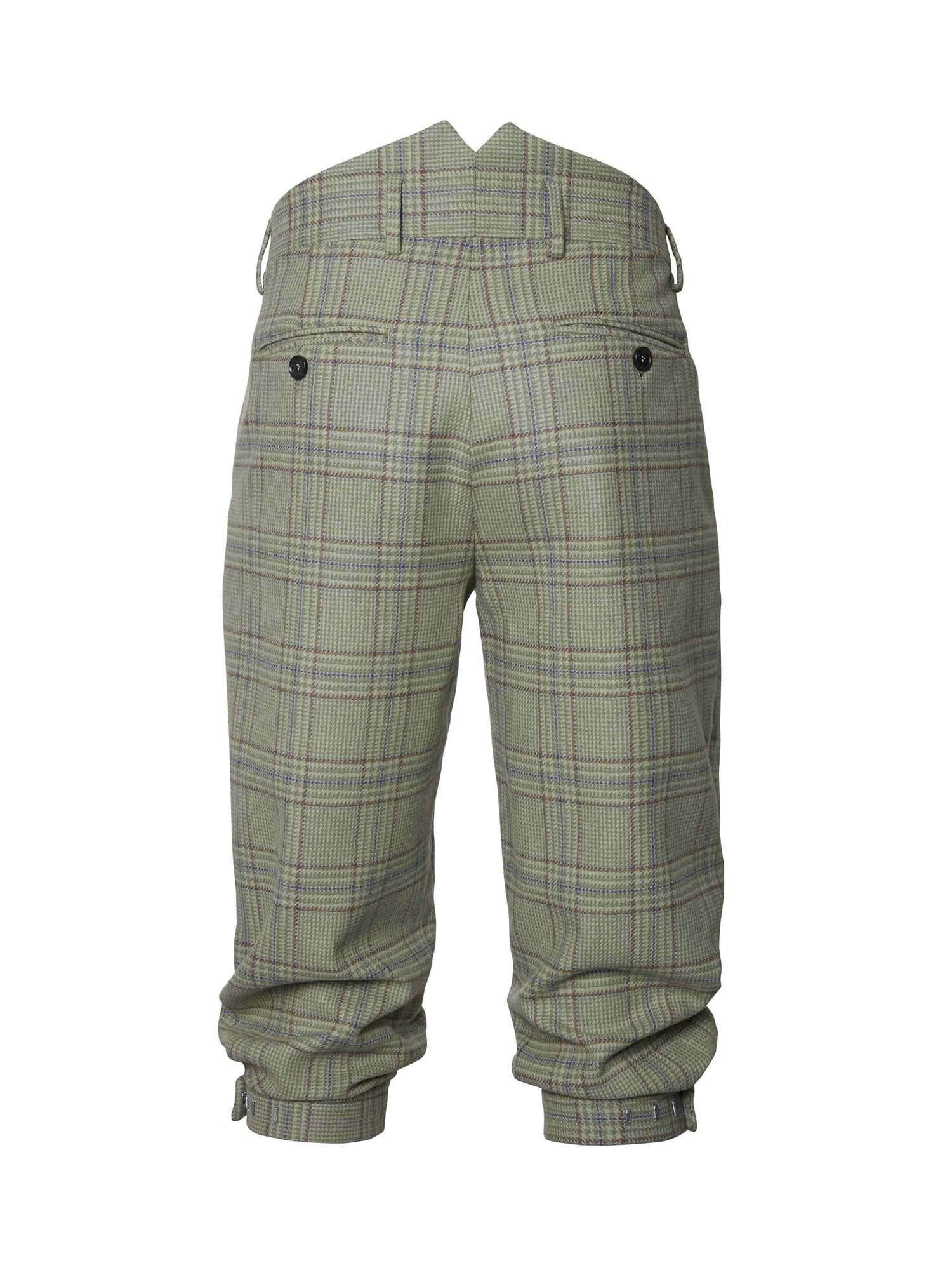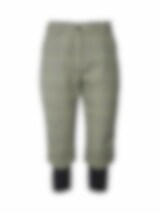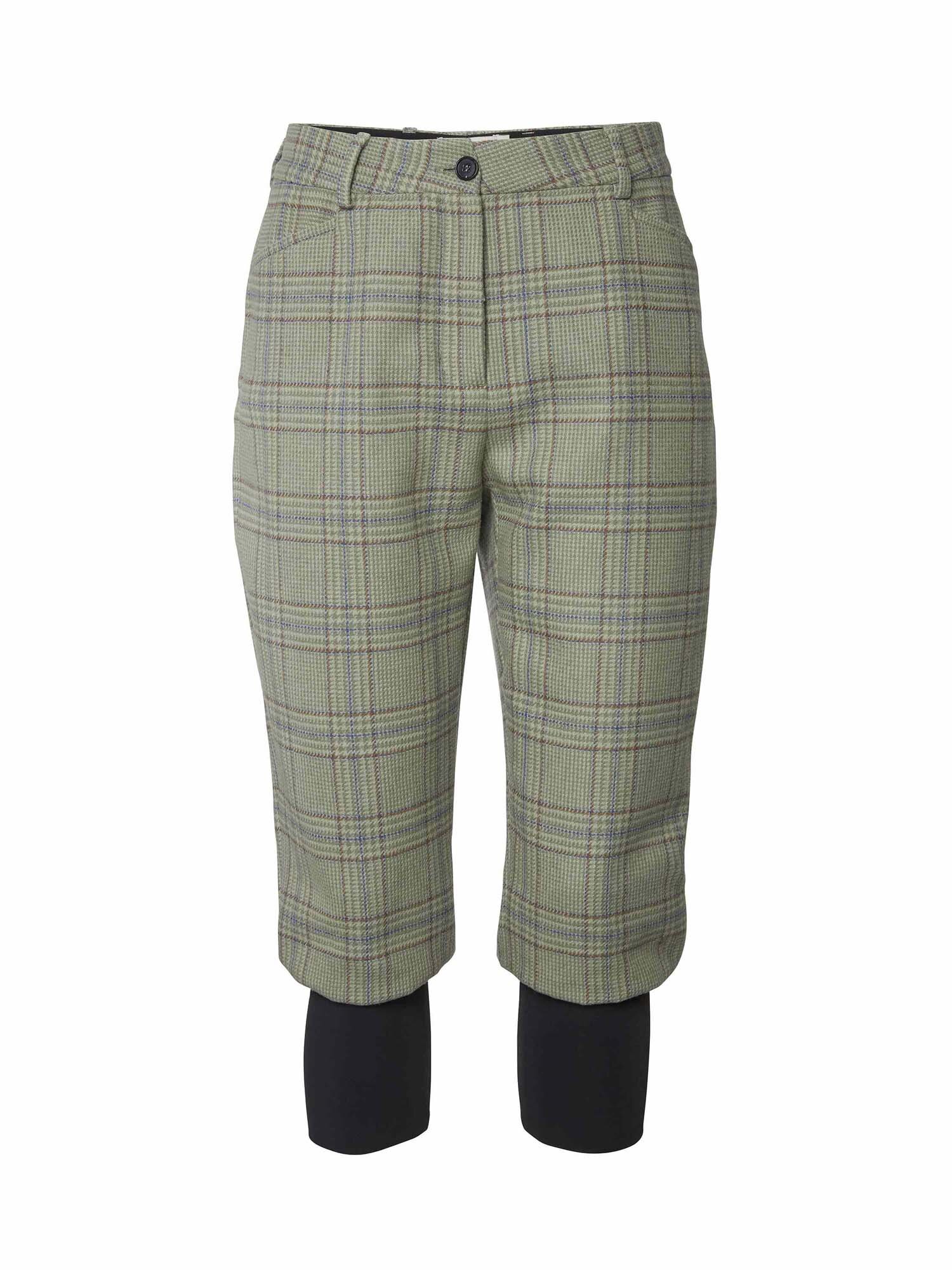What is Tweed?
Tweed is a coarser woven wool fabric that is most often supplied in various designs originating in Scotland and the UK. It is even often claimed that it was on the island of Harris off the coast of Scotland that tweed emerged. The tweed is woven using a twill weave technique that gives the characteristic diagonally running pattern. Another classic Tweed pattern is herringbone.
Classic tweed garments are very dressable and sought after. Hunting clothes in tweed are durable and often have a design that lasts for many years. Much of Chevalier's tweed is made from the finest merino wool, which is a great material that keeps both moisture and cold away. Many of us love the British style of clothing where tweed garments form the base. This is then matched with, for example, a classic bird shirt and a stylish tie.
Why is tweed useful for hunting?
Tweed has been used in hunting for a long time because it keeps you dry and warm, even when there is a high level of precipitation. According to some people, tweed was the original camouflage garment. In subtle and naturally patterned tones, jackets and pants made of tweed acquire a camouflaged look. Another advantage of tweed is that it retains both warmth and style. Wool is a material that naturally keeps moisture away but also has the ability to heat, even if it has become damp or wet.
What does the name Tweed mean?
The name Tweed is thought to come from the fact that a cloth dealer in Scotland in the 19th century wrote an invoice for “twill”, which is a weaving technique term (kypert in Swedish). “Twill” becomes “tweel” in Scottish and, with slightly sloppy handwriting, it became “Tweed”. The river “Tweed” located nearby has nothing to do with the material, although people often believe this is the case.



